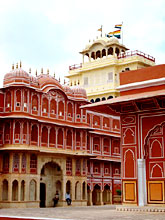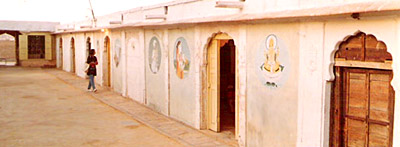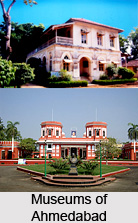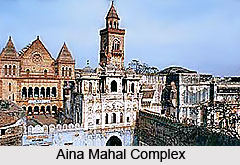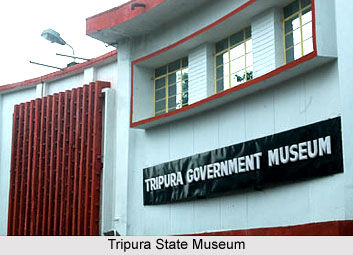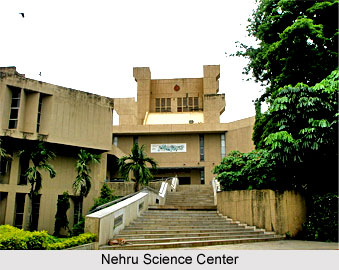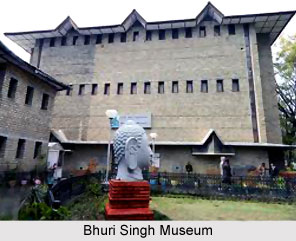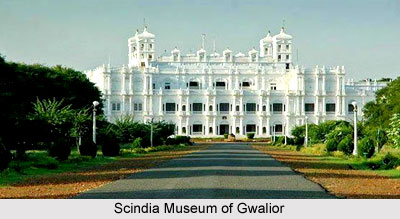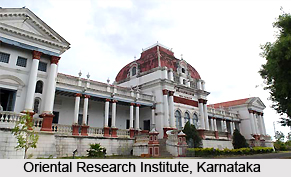 Oriental Research Institute or ORI is situated at Mysore, Karnataka and is a significant research institution which edits, assembles, displays and publishes unique manuscripts in Telugu, Kannada, Sanskrit, Tamil and English languages. Previously it was referred to as the `Oriental Library`. It was established in the year 1891 on the royal orders of Chamarajendra Wadiyar X who was the then ruler of the kingdom of Mysore. It is existent towards the northern part of the Krishnaraja Boulevard Road close to the University of Mysore. During 1887, the beautiful `Jubilee Hall` of the Oriental Research Institute was created in the memory of the golden jubilee of the royal accession of Queen Victoria to the British throne. Till 1916, the institute belonged to the Department of Education and during 1916 it was made a part of the newly developed University of Mysore. In the year 1943, the Oriental Library was remodified as the Oriental Research Institute.
Oriental Research Institute or ORI is situated at Mysore, Karnataka and is a significant research institution which edits, assembles, displays and publishes unique manuscripts in Telugu, Kannada, Sanskrit, Tamil and English languages. Previously it was referred to as the `Oriental Library`. It was established in the year 1891 on the royal orders of Chamarajendra Wadiyar X who was the then ruler of the kingdom of Mysore. It is existent towards the northern part of the Krishnaraja Boulevard Road close to the University of Mysore. During 1887, the beautiful `Jubilee Hall` of the Oriental Research Institute was created in the memory of the golden jubilee of the royal accession of Queen Victoria to the British throne. Till 1916, the institute belonged to the Department of Education and during 1916 it was made a part of the newly developed University of Mysore. In the year 1943, the Oriental Library was remodified as the Oriental Research Institute.
Collections of Oriental Research Institute
The Oriental Research Institute has published about 200 titles since 1983 and is home to rare books comprising various editions of Ramayana and Mahabharata, `Encyclopaedia of Religion and Ethics` by James Hastings, `A Vedic Concordance` by Maurice Bloomfield and so on. This institute is said to be the very first Indian library in Mysore which possesses rare manuscripts and the main highlight of this place used to be on `Indology`. `Mysore Orientalist` is the name of the annual journal published by the Oriental Research Institute. During 1909, some well-known publications were issued which involved `Arthashastra` by Kautilya composed in the 4th century BC which had been edited by Dr. R. Shamashastri and `Sritattvanidhi`, a collection of `slokas` written by Krishnaraja Wodeyar III.
`Vaidashastra-Dipika`, `Navaratnamani-Mahatmyam` and `Tantrasara-Sangraha` were some of the noted publications in Kannada and English translation, apart from `Paryayapadamanjari` or Ayurvedic `Materia Medica` and `Rasa-Kaumudi`, etc. Nearly 33, 000 palm leaf manuscripts are existent inside the Oriental Research Institute which bear a marked resemblance to the ancient `Papyrus` in Egypt. The institute preserves these palm leaf manuscripts by applying lemongrass oil over them which acts as a protective layer and a pesticide. Microfilm was also employed to protect these priceless manuscripts which have been digitized by the Oriental Research Institute.




